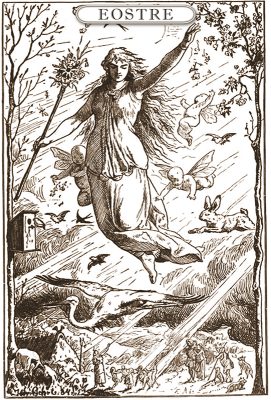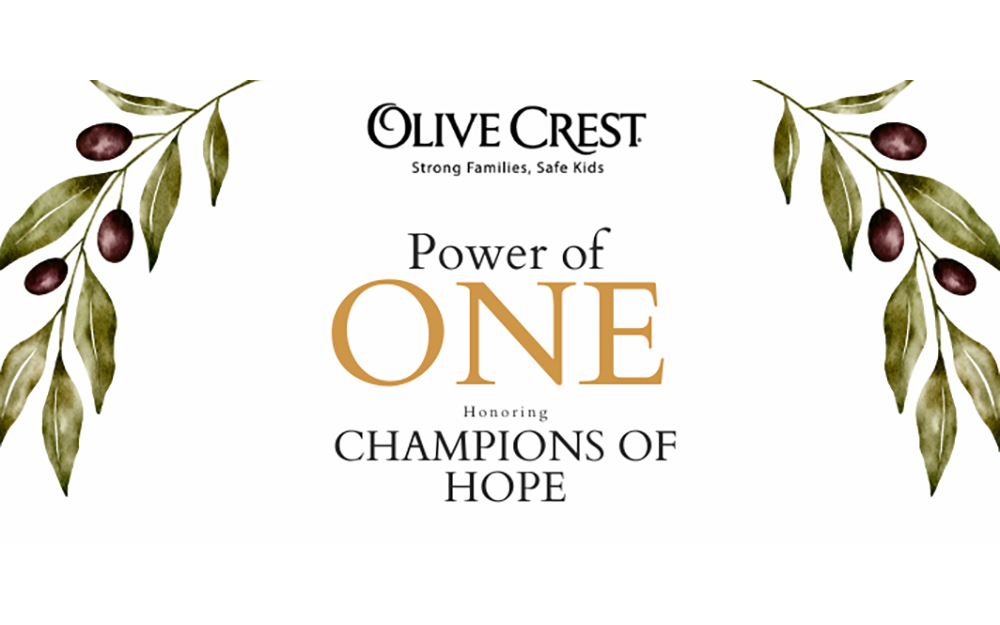
By Haddon Libby
Easter is celebrated by 81% of Americans, says Matthew Shay of the National Retail Federation. The average spending per person is expected to be $192.00. Nearly 90% of all Easter baskets will include chocolate and candy. This makes Easter the second-best holiday for candy sales each year following only Halloween.
The National Confectioners Association says that 16 billion jelly beans are created for Easter alone. Besides jellybeans and chocolate, the marshmallow Peep remains the top-selling treat.
The Peep
 This year, the Peep turns 70 years old. I for one swear that some of those original peeps continue to hit store shelves. The Peep is a creation of Sam Born. Born came to the United States from Russia in 1910 as he fled a spreading wave of antisemitism. Settling in Brooklyn, the 19-year-old Born came from a family of chocolatiers. When he was 25-year-old, he created the Born Sucker machine. This is where the phrase ‘a sucker is born every minute’ came from as his machines would create a lollipop automatically. Seven years later he had earned enough to open his own confectionary shop. He named it Just Born. By the time that Born was 49 years old, he had purchased Mike & Ike and Hot Tamales.
This year, the Peep turns 70 years old. I for one swear that some of those original peeps continue to hit store shelves. The Peep is a creation of Sam Born. Born came to the United States from Russia in 1910 as he fled a spreading wave of antisemitism. Settling in Brooklyn, the 19-year-old Born came from a family of chocolatiers. When he was 25-year-old, he created the Born Sucker machine. This is where the phrase ‘a sucker is born every minute’ came from as his machines would create a lollipop automatically. Seven years later he had earned enough to open his own confectionary shop. He named it Just Born. By the time that Born was 49 years old, he had purchased Mike & Ike and Hot Tamales.
Peeps were born in 1953 after Born purchased the Rodda Candy Company. Before the purchase, Rodda would hand squeeze each Peep with wings. The process was so labor intensive that production was limited, and profits were thin. Sam’s son, Bob automated the process by removing the wings so that a 27-hour process took only six minutes.
Peeps are made from just sugar, corn syrup and gelatin. While they seem indestructible to you and me, scientific tests have proven that they are. About 20 years ago Emory University put Peeps in substances like sulfuric acid, Phenol, acetone and boiling water only to find that the chicks mostly survived. Phenol is a commercial grade paint stripper that burns skin and flesh.
It is estimated that 2 billion Peeps are made each year.
Easter Eggs and Rabbits
Ever wonder why we celebrate Easter with rabbits leaving eggs around that are filled with sugary treats? Is it some holiday created by the American Dental Association to increase business? There is no mention of a rabbit or hare in the Bible. The Easter hare or Osterhase is from German folklore and would hop around laying multicolored eggs for children to find on Easter morning. Children would make nests to capture the eggs.
As German settlers came to America, the Easter Hare became a bunny and the eggs turned into chocolate. No one is sure why bunnies are laying eggs although some scholars believe it is part of the celebration of spring and the renewed fertility of the land. Others believe that it was because people fasted during Holy Week and were prohibited from eating eggs. As the chickens kept laying the eggs, the surplus of eggs made for great way to celebrate the holiday and gets kids to eat a heavy dose of eggs without complaint.
The original reason for Easter was to celebrate the resurrection of Jesus Christ. The first Easter appears to have been celebrated 200 years after his death although historians believe that the celebration was noted in other ways prior to the formal holiday.
The word Easter appears to be derived from the Anglo-Saxon goddess of spring and fertility named Eostre.
Easter Week includes Maundy Thursday commemorates Jesus’ Last Supper with his Disciples. Good Friday is the day of his crucifixion while Holy Saturday was the day between crucifixion and resurrection.
Whether you celebrate the reason for the holiday or not, I hope you have a happy Easter weekend.
Haddon Libby is the Founder and Chief Investment Officer of Winslow Drake Investment Management. For more information, please visit www.WinslowDrake.com.










































